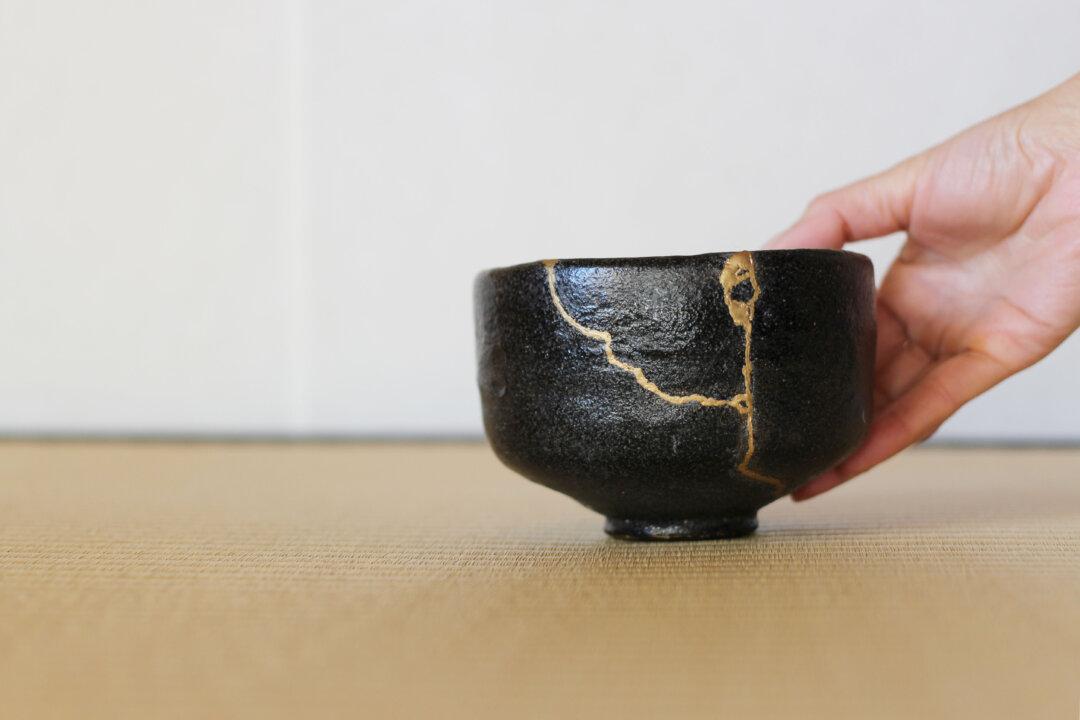Standing on the stage at a conference in southeast London, Makoto Fujimura, a leading Japanese contemporary artist, picks up a small ceramic bowl on a table, carefully holding it in his hands, and tells over 1,000 audience members this could be the key to reviving Western society.
The bowl was once shattered, but it has been remade, stronger, and glowing with a renewed brilliance.




